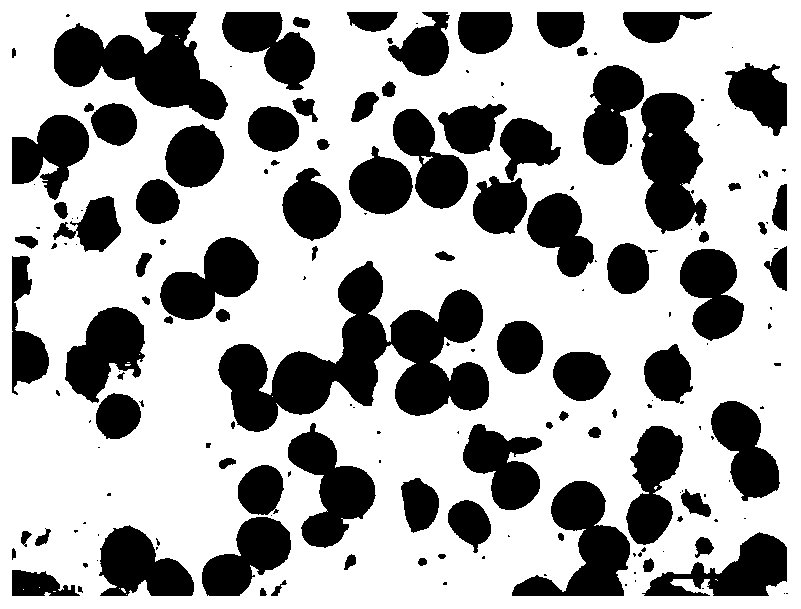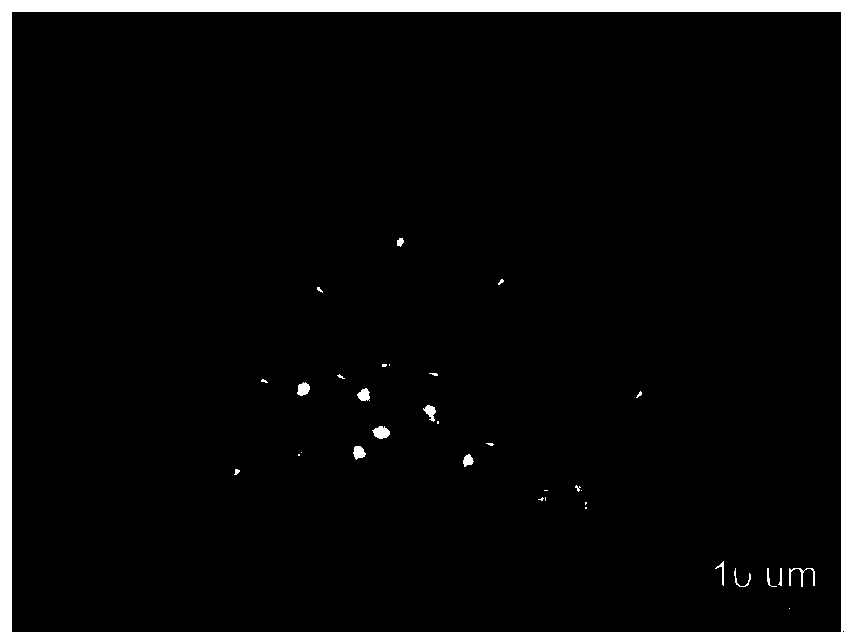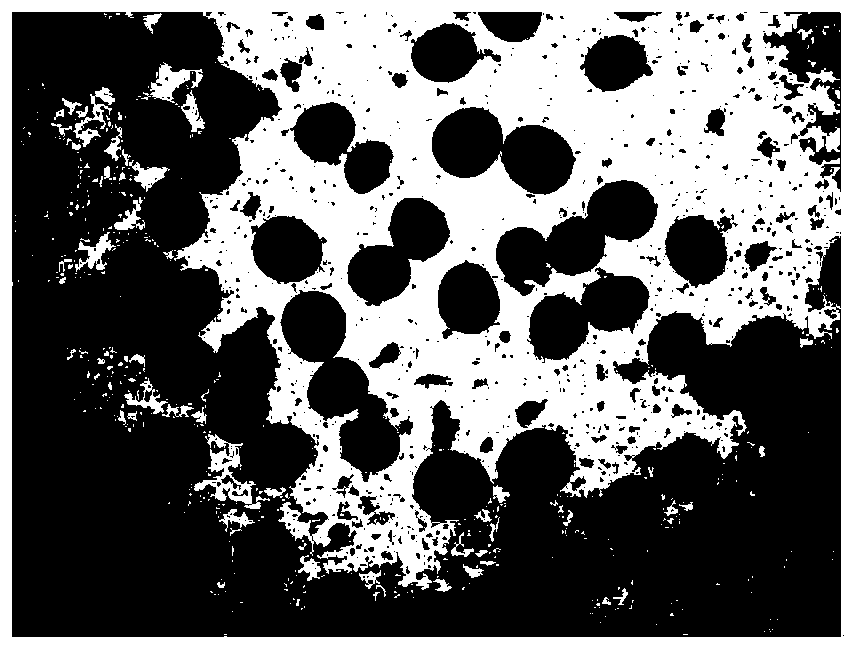Method for cultivating high-fecundity allotetraploid corn
An allotetraploid and autotetraploid technology, applied in the field of cultivating high seed-bearing allotetraploid maize, can solve the problem of inability to guarantee the number of offspring and effectively preserve beneficial germplasm, uncoordinated growth of offspring, and inability to self-determine. Cross-fertilization and other problems, to achieve the effect of large seeds, stable offspring traits, and full seeds
- Summary
- Abstract
- Description
- Claims
- Application Information
AI Technical Summary
Problems solved by technology
Method used
Image
Examples
Embodiment 1
[0033] Embodiment 1 Breeding of high-fruiting allotetraploid corn of the present invention
[0034] Follow the steps below:
[0035] (1) In June 2016, BF7 (preservation number: CGMCC No.18176, 2n=38~41) was used as the female parent and P1-vv (quoted from CIMMYT) as the male parent in Wenjiang Farm of Sichuan Agricultural University Crossbreed, harvest seeds when mature, get F 1 generation.
[0036] (2) In September 2016, F was taken out of the -20°C refrigerator 1 The generation seeds were planted in Xishuangbanna Breeding Base of Sichuan Agricultural University. 1 generation; take F from mid-September to mid-October 2016 1 Genomic in situ hybridization method (see Tang Q et al. Crop Sci, 2005, 45: 717-721) was used to identify the number of chromosomes and chromosome composition, and select F 1 The total number of chromosomes in the generation materials is 38-42, of which the number of chromosomes in maize (hereinafter referred to as: Mz) is 26-32, the number of chromos...
Embodiment 2
[0039] Embodiment 2 Application of the high-fruiting allotetraploid corn of the present invention
[0040] (1) In March 2018, 30 high-fruiting allotetraploid corn materials obtained in Example 1 were planted in Wenjiang Farm, Sichuan Agricultural University, and 30 corn inbred line Mo17 were planted at the same time. In May 2018, the The high-fruiting allotetraploid corn material obtained in Example 1 was used as the female parent, and Mo17 was used as the male parent for hybridization, and all hybrids could bear fruit; harvested in June 2018, the hybrid F 1 Generation, F 1 The grain shape of the generation is large and full.
[0041] (2) In September 2018, F obtained from step (1) was planted in Xishuangbanna Breeding Base of Sichuan Agricultural University 1 Substitute seed; November 2018 with F 1 As female parent, backcrossed with Mo17 as male parent, harvested in February 2019, obtained BC 1 generation seeds.
[0042] (3) In March 2019, the BC obtained in the planting...
Embodiment 3
[0044] Embodiment 3 Yield comparative test of different allotetraploid corns cultivated by the method of the present invention
[0045] (1) According to the method described in Example 1, BF7 is the female parent, and the autotetraploid corn P1-mm or Twf9 (both cited from CIMMYT) is used as the male parent to cross, and the high seed setting rate of the two families is bred Allotetraploid maize.
[0046] (2) In April 2018, 56 plants of high-fruiting allotetraploid maize were cultivated in two families in the Wenjiang Farm of Sichuan Agricultural University in two rows and three times in the planting step (1).
[0047] (3) In June 2018, the statistics on fertility showed that the average pollen fertility of the two families was 77.6% and 75.4% respectively, and the high-fruiting allotetraploid maize of the two families described in step (2) was automatically pay.
[0048] (4) In August 2018, the harvested seeds were large and full. The test results showed that the average see...
PUM
 Login to View More
Login to View More Abstract
Description
Claims
Application Information
 Login to View More
Login to View More - R&D
- Intellectual Property
- Life Sciences
- Materials
- Tech Scout
- Unparalleled Data Quality
- Higher Quality Content
- 60% Fewer Hallucinations
Browse by: Latest US Patents, China's latest patents, Technical Efficacy Thesaurus, Application Domain, Technology Topic, Popular Technical Reports.
© 2025 PatSnap. All rights reserved.Legal|Privacy policy|Modern Slavery Act Transparency Statement|Sitemap|About US| Contact US: help@patsnap.com



